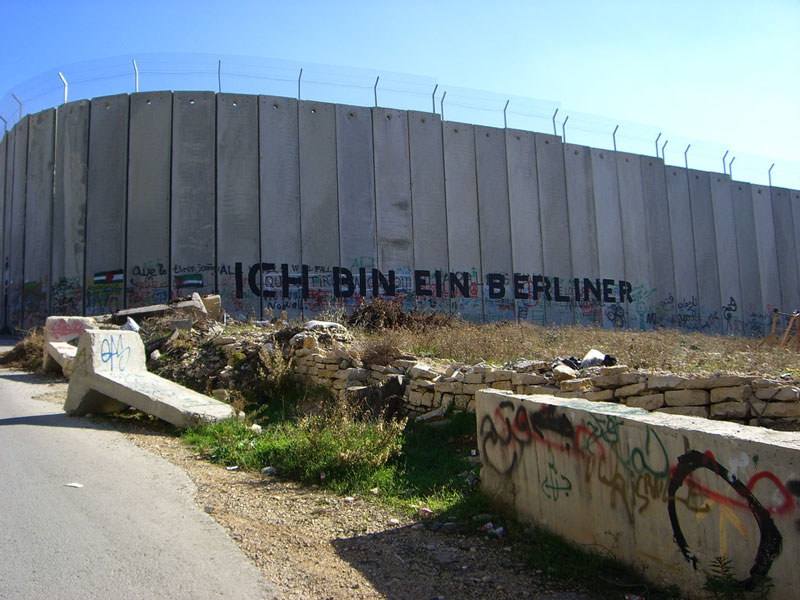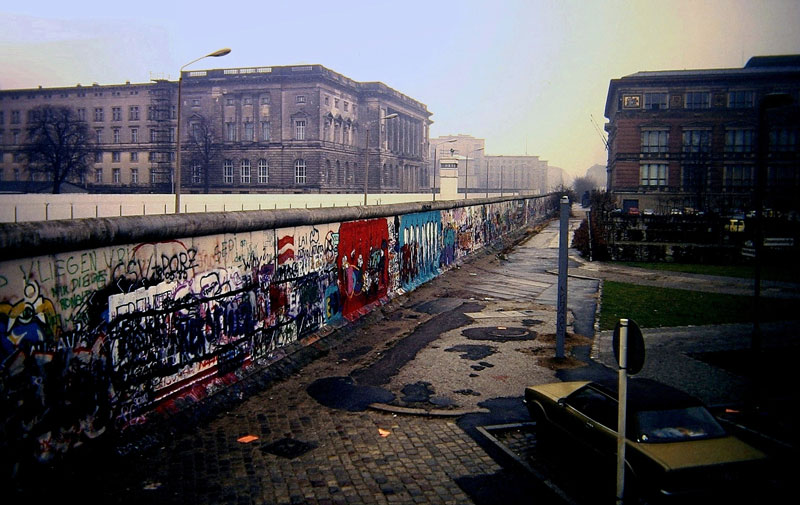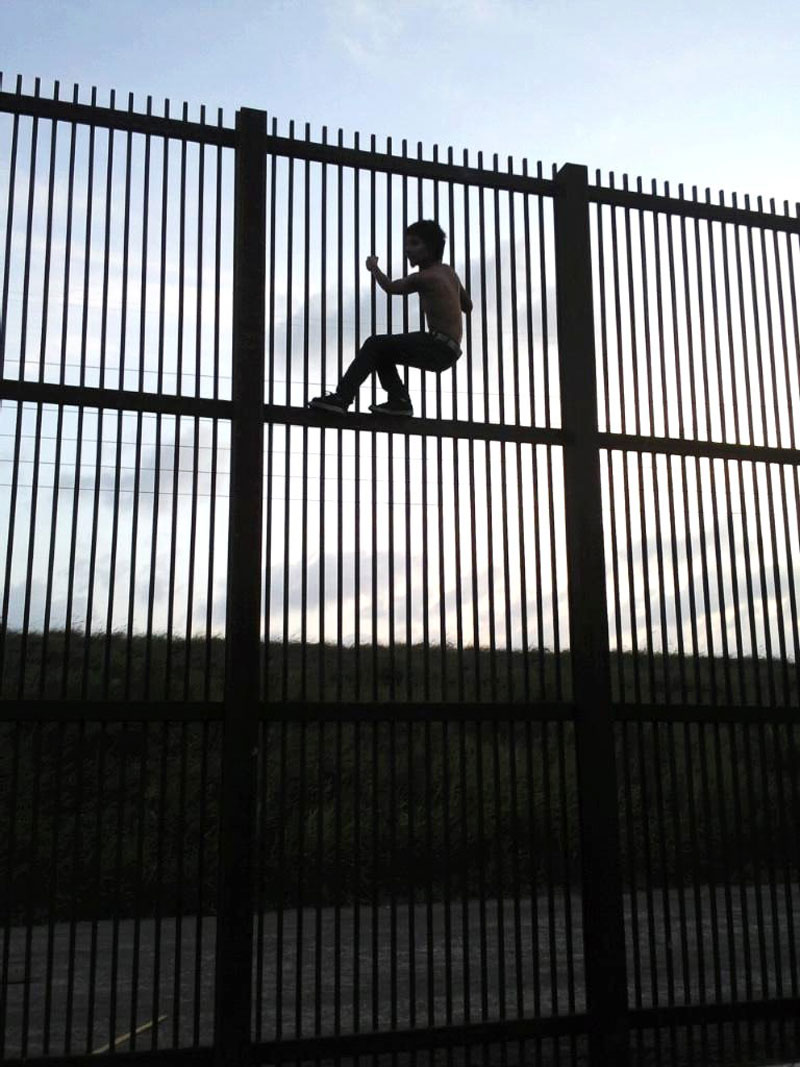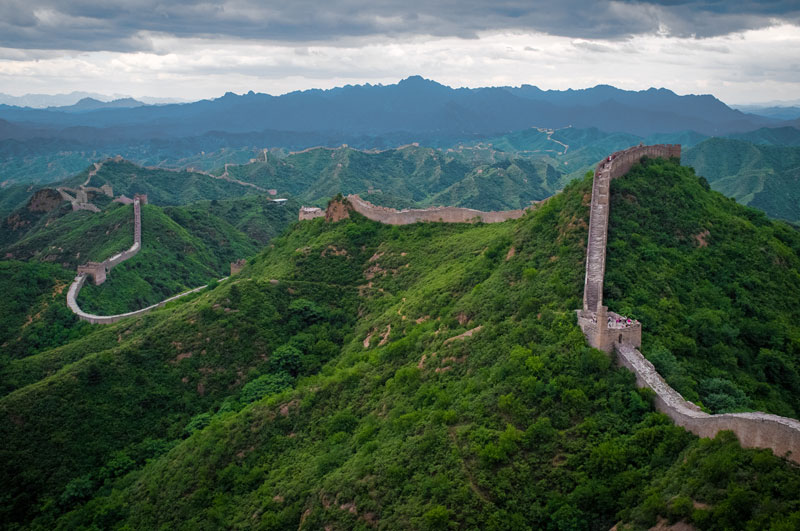Introduction Panel
History loves a wall.
The battlements surrounding ancient cities. The bright lines that define and divide nations. Our textbooks are filled with stories about borders, the people who build them, and the people who scale them, tunnel under them, circumnavigate them, or simply break through them.
History loves a wall because a wall provides a kind of geographic and metaphoric certainty, a clear (albeit man-made) demarcation of the ending of one thing and the beginning of another. “Here at Hadrian’s Wall the Roman Empire ended and the territory of the ancient Britons began,” we might say, or, “Here at the US/Mexico border America turned from globalism toward a more isolated nationalism, symbolized by the building of this wall.”
But for the people who live with these walls, the relationship is more complicated.
For residents of El Paso and Ciudad Juarez, the hardening of the US/Mexico border created greater security for some and more uncertainty for others.
For Palestinians, the wall that Israel built in the name of freedom from terrorism, instead symbolizes oppression and occupation.
While capitalist and communist leaders glared at each other over the Berlin Wall, everyday Berliners mourned the families they could no longer see.
Before it became a source of national pride and a tourist attraction, the Great Wall of China was neglected, vilified, and looked at as a place of punishment.
As artist and scholar Josh Begley notes, “Borders begin as fictions.” But the stories borders tell—about those who reinforce them, protect them, subvert them, try to cross them, live in their shadow—are real.
From the Great Wall of China to the Berlin Wall, from the Israel/West Bank barrier to the wall along the US/Mexico border, A History of Walls provides an introduction to the history of and meaning behind these imposing infrastructural elements.




- Josh Begley, Brooklyn, NY, 2016Borders begin as fictions. They are performed. They are lines drawn in the sand, spaces that bend and break and make exceptions for certain kinds of bodies.
